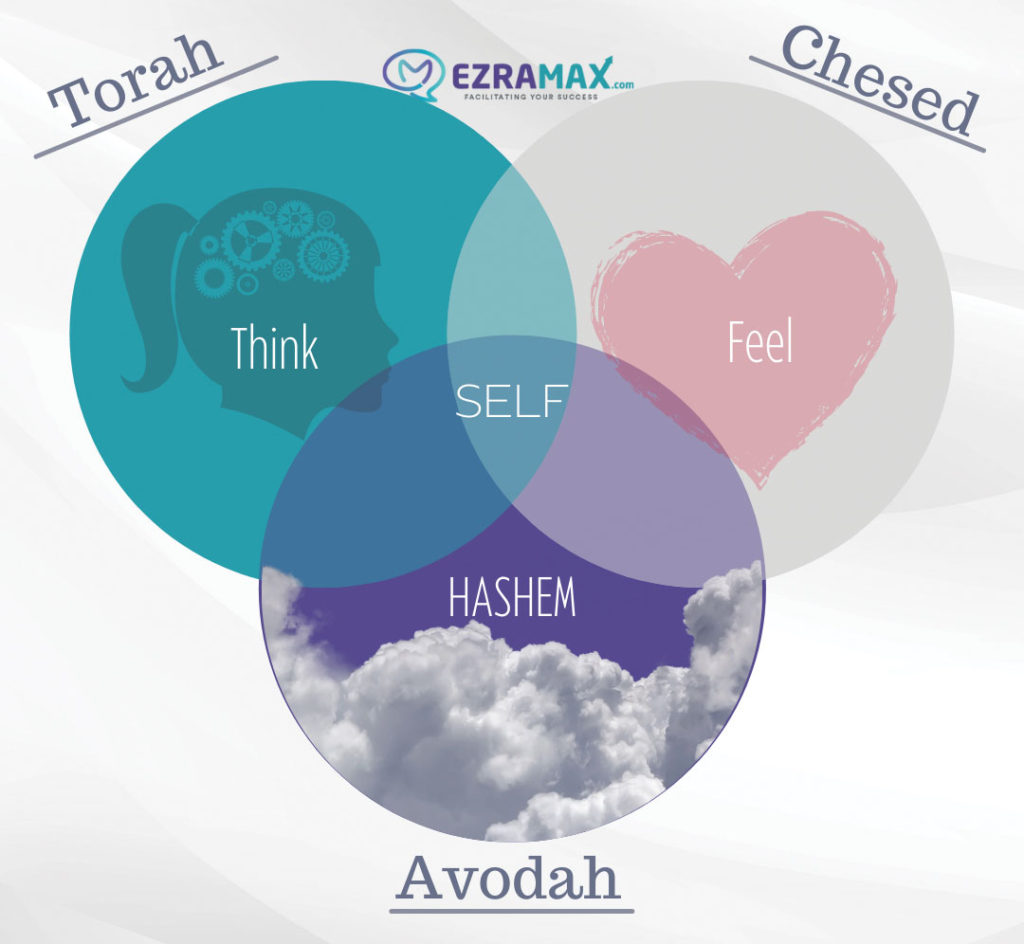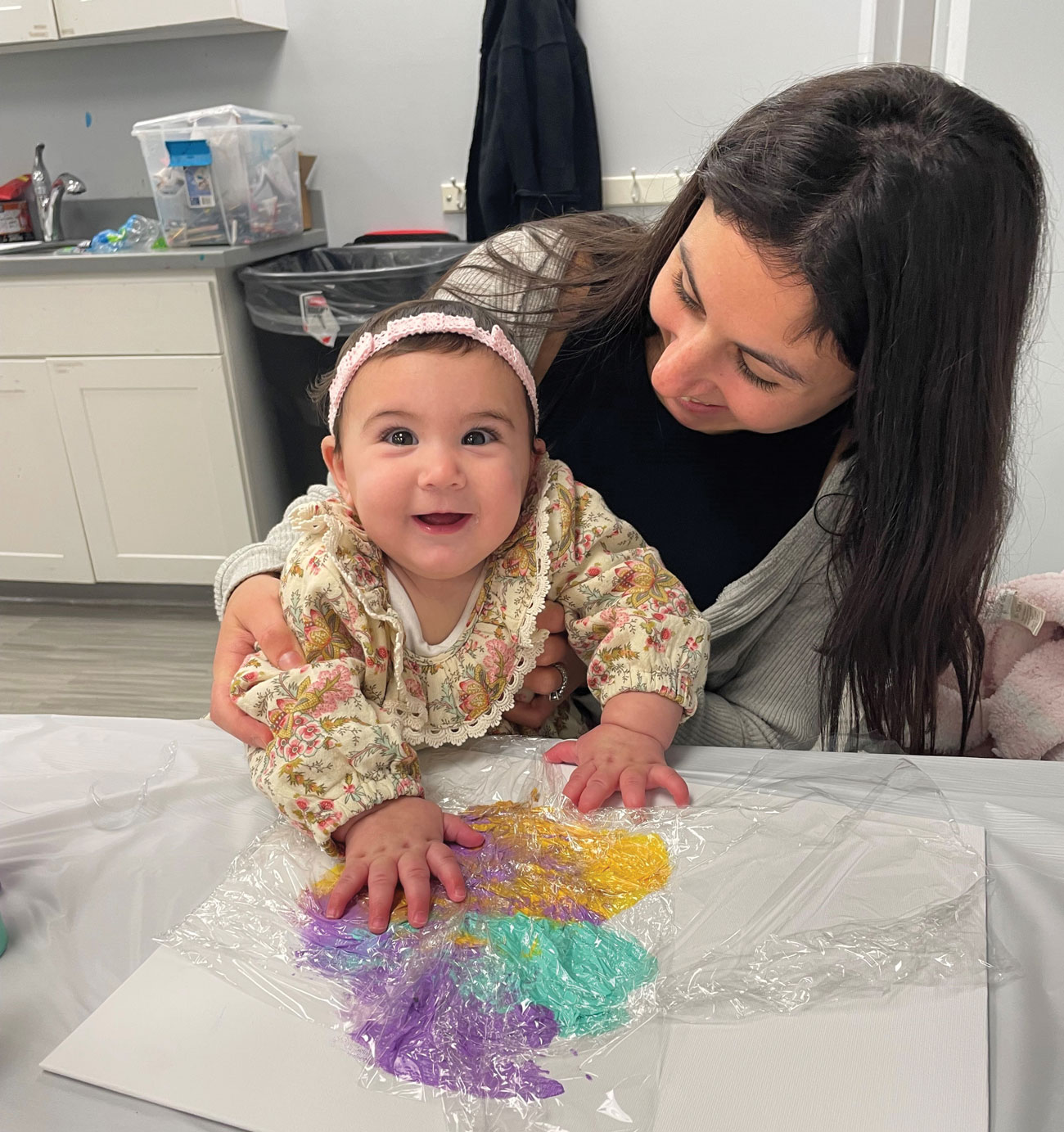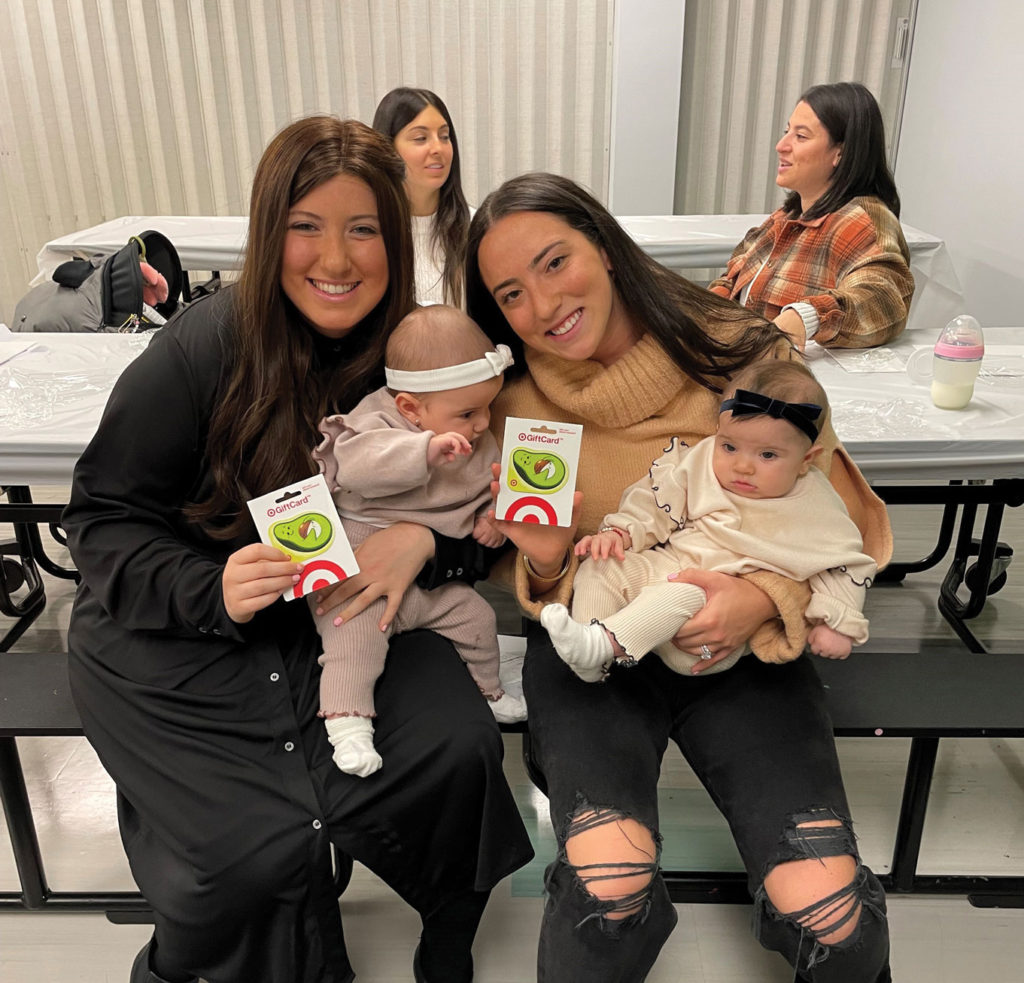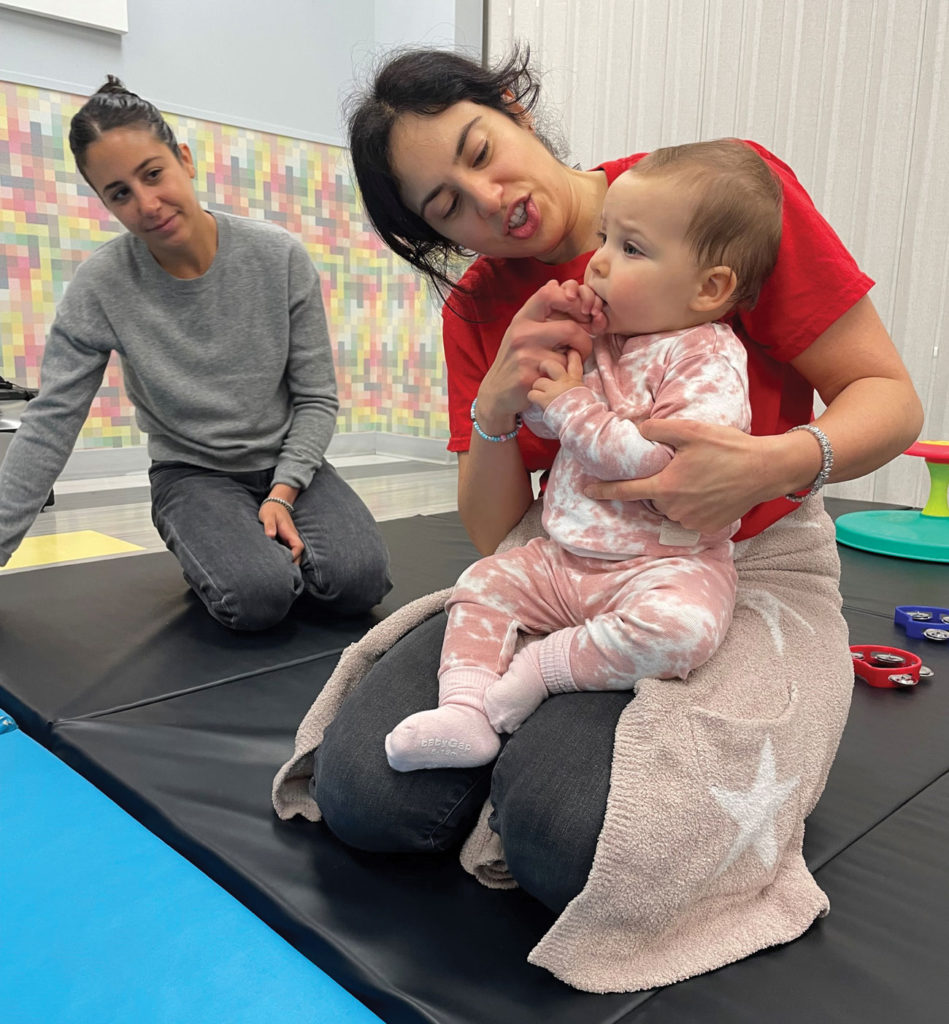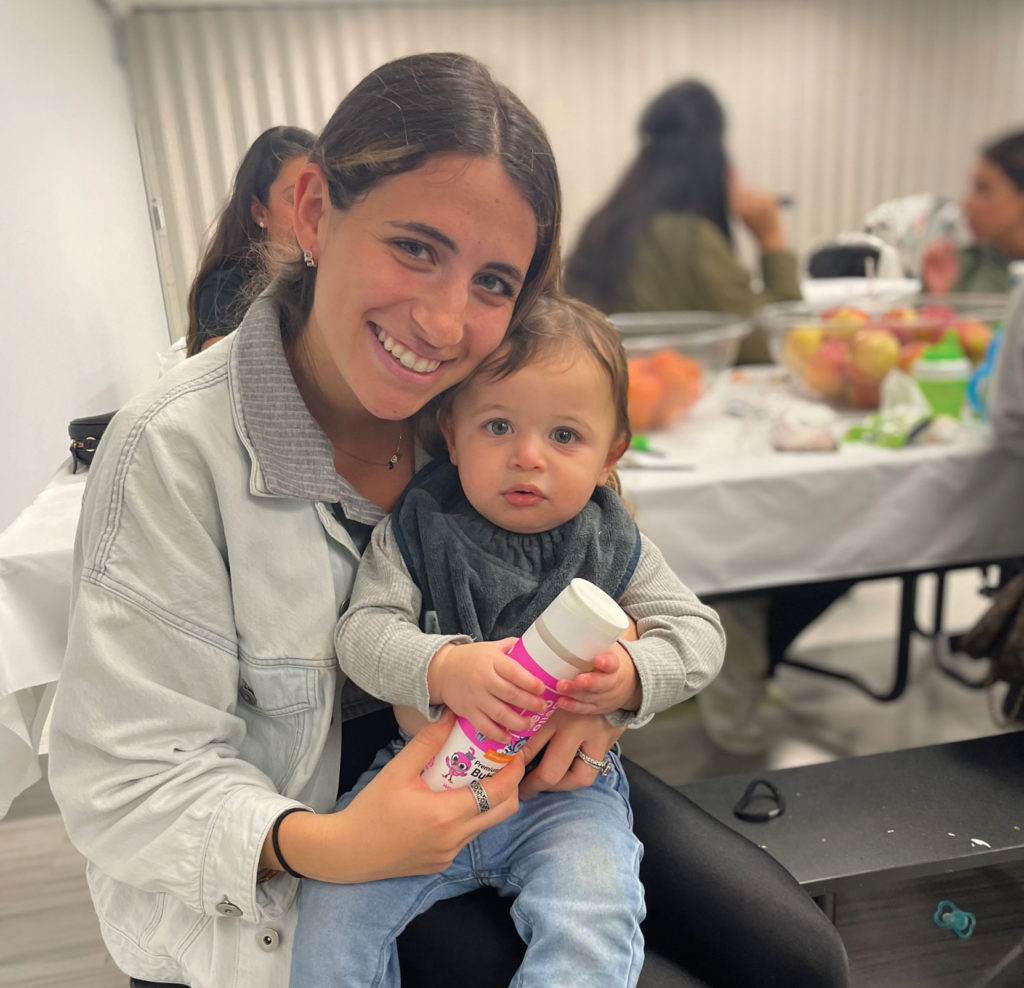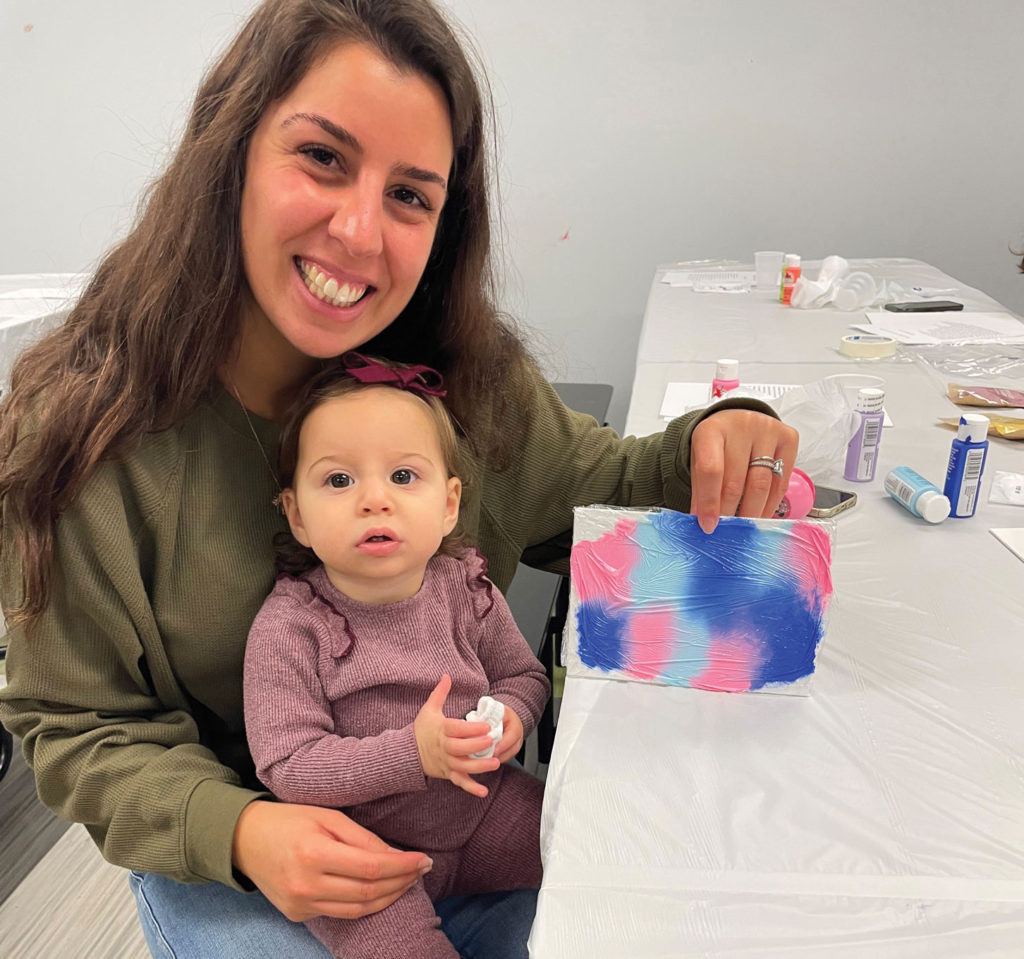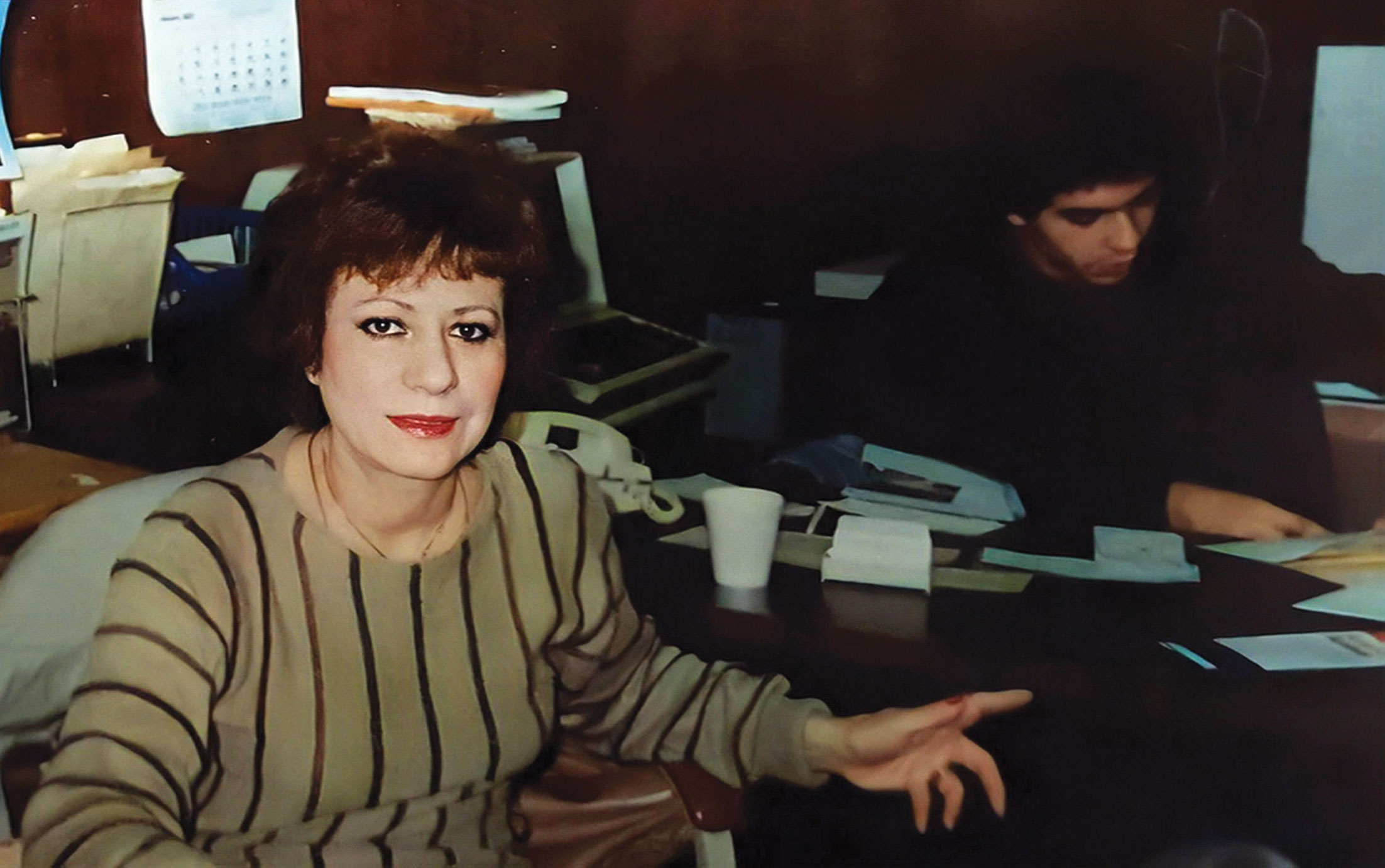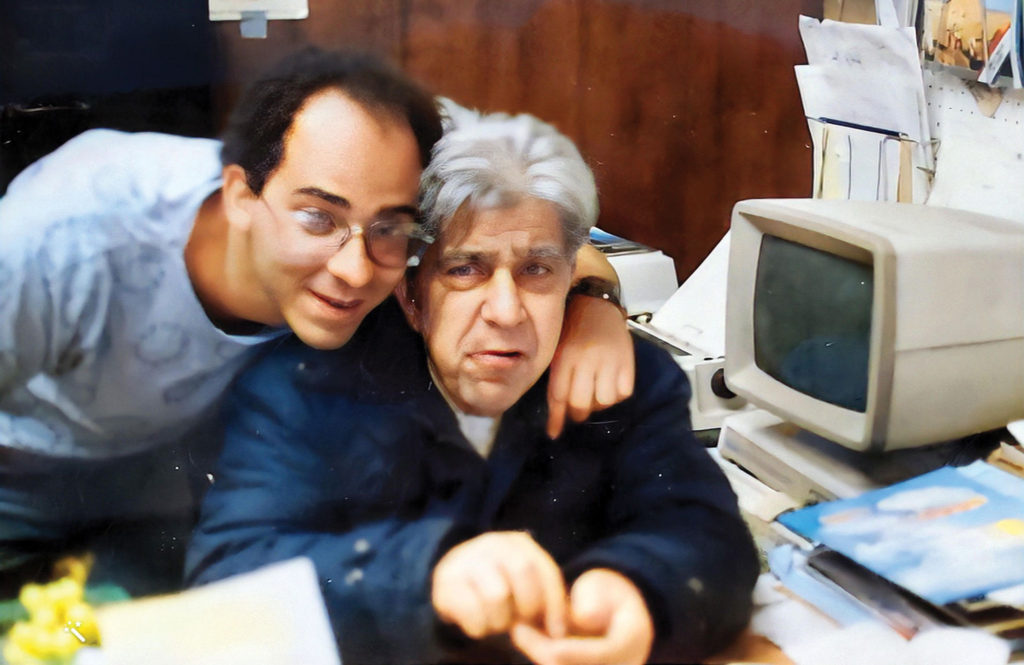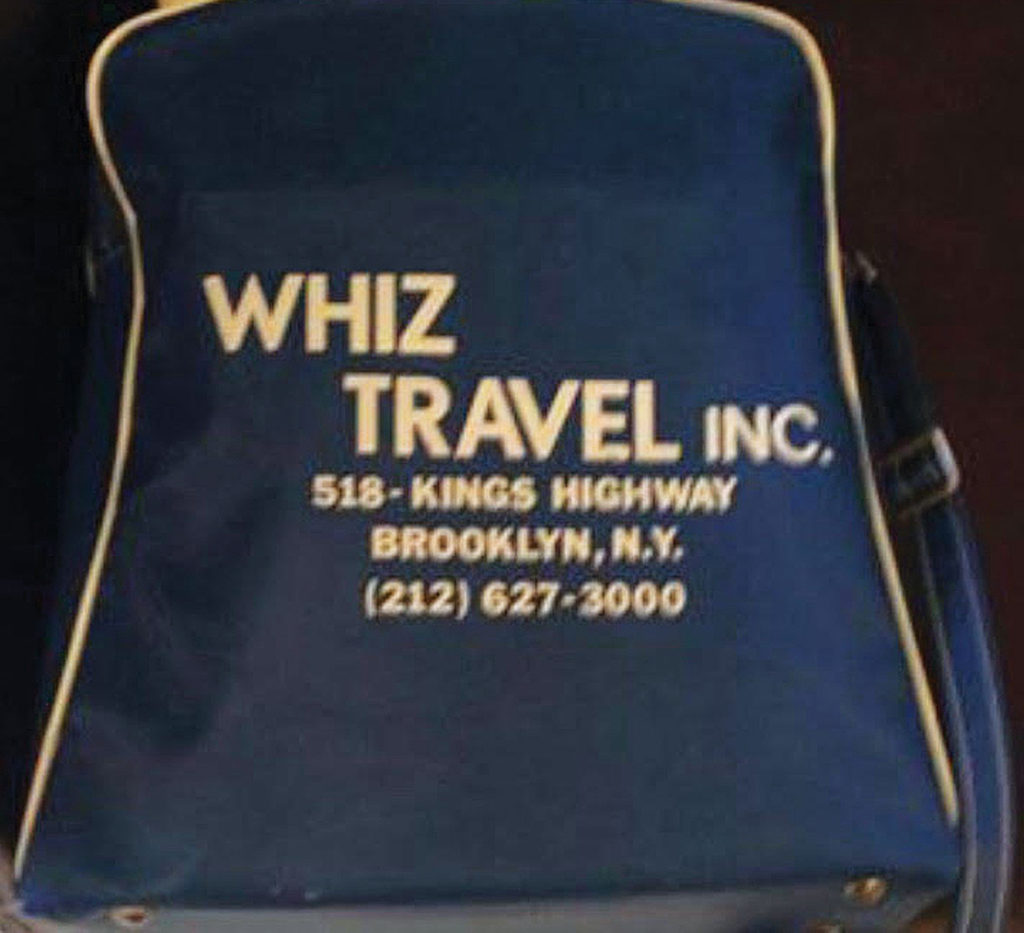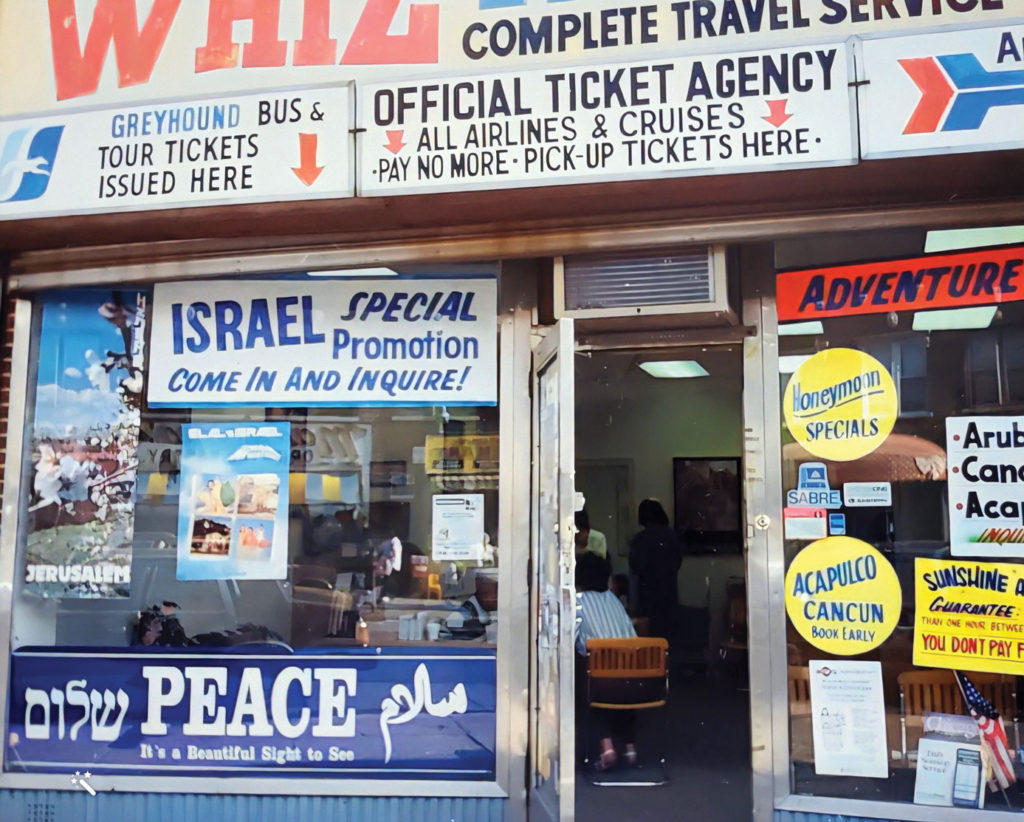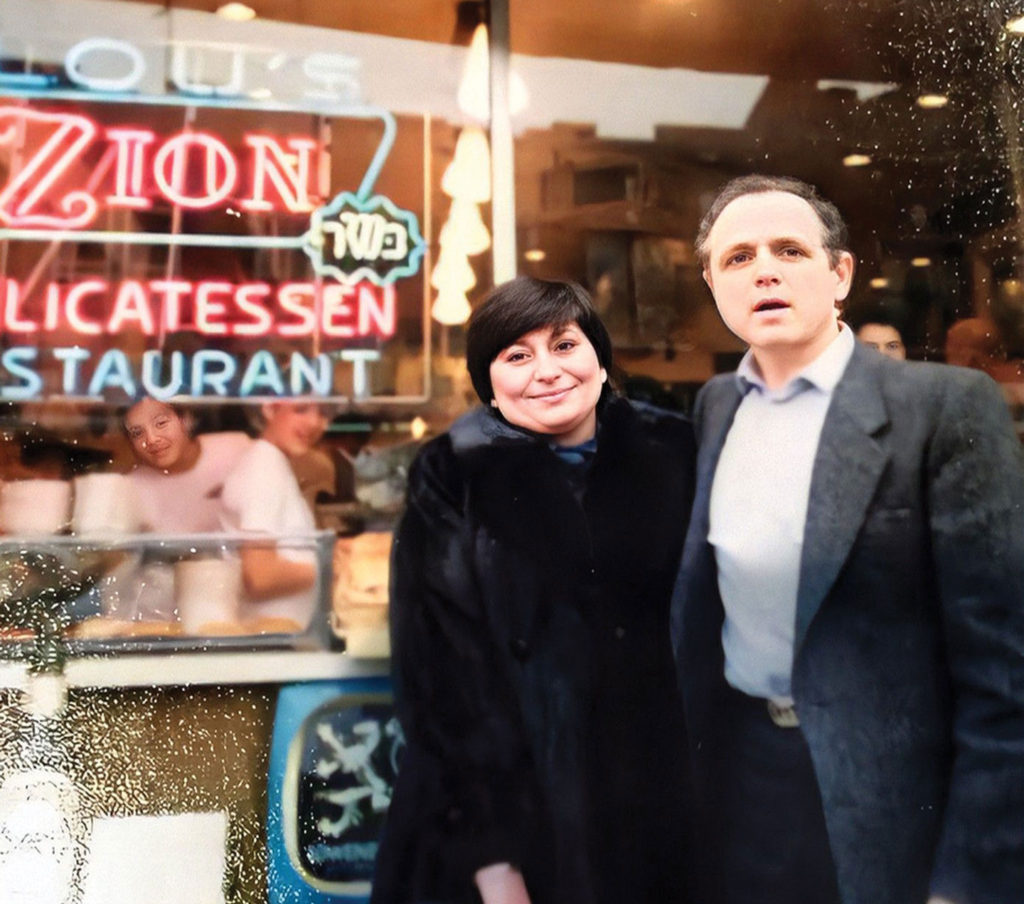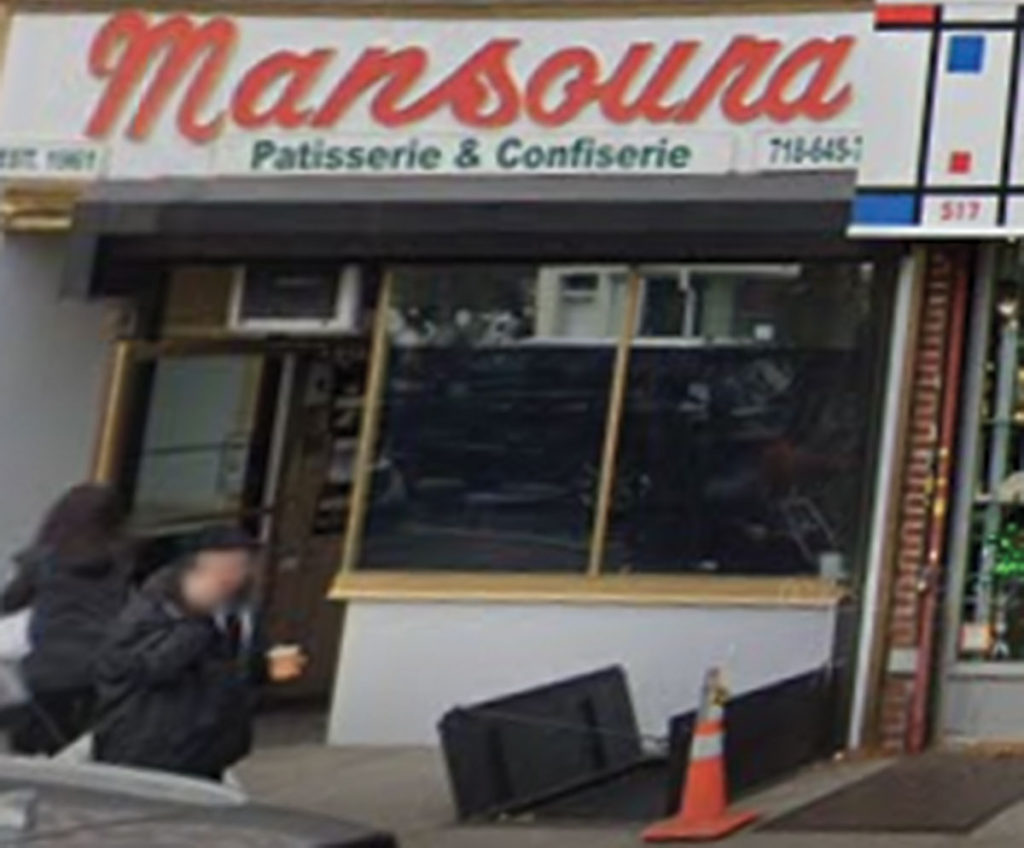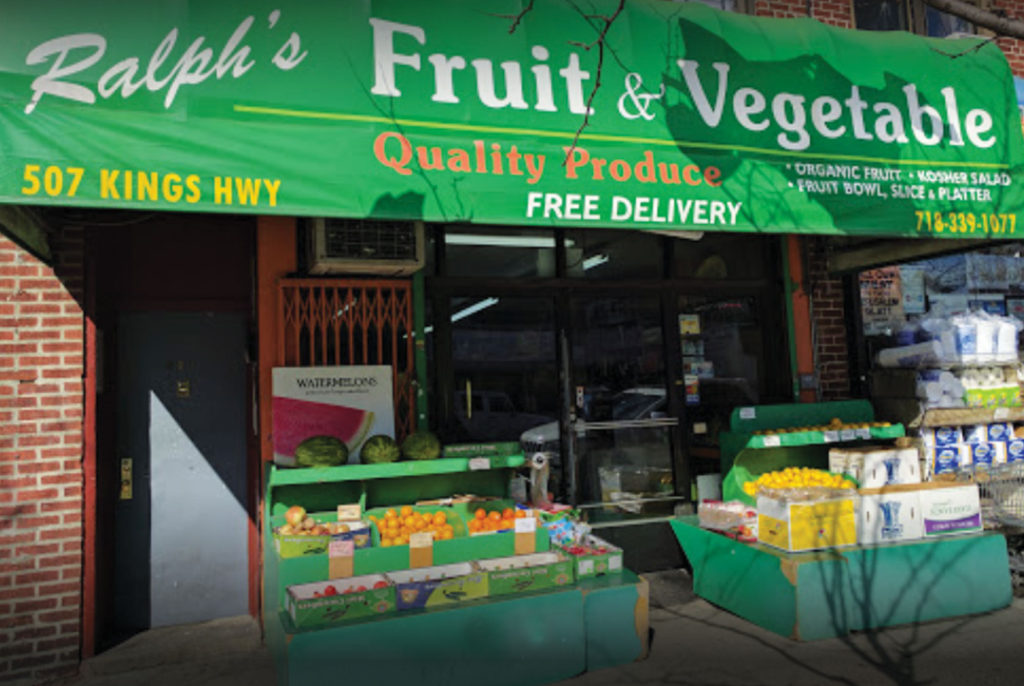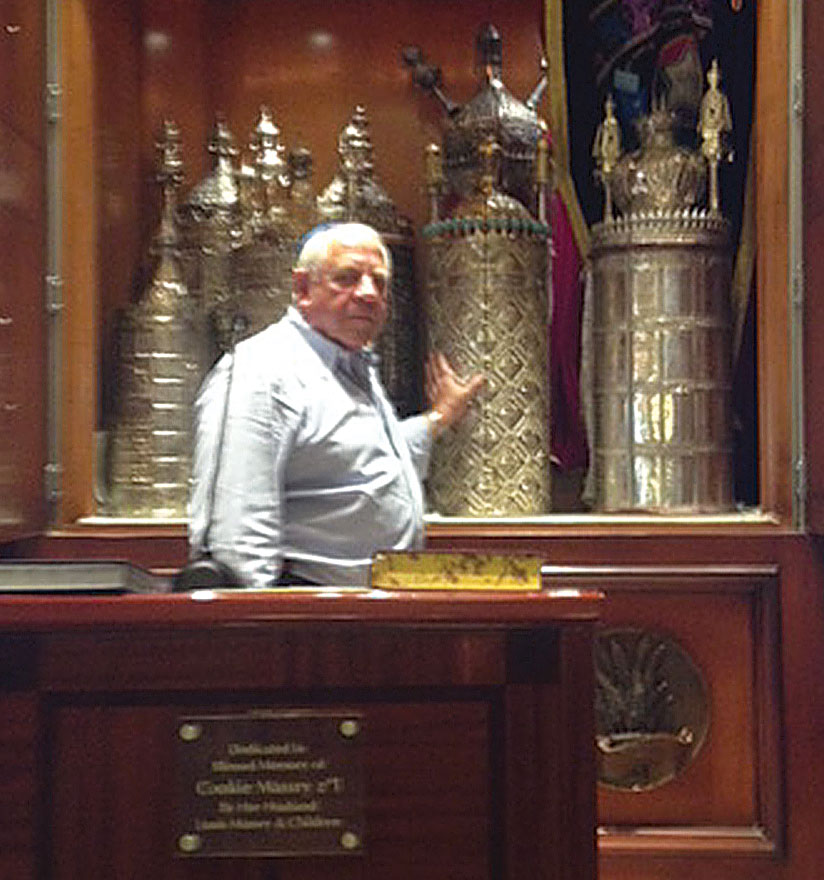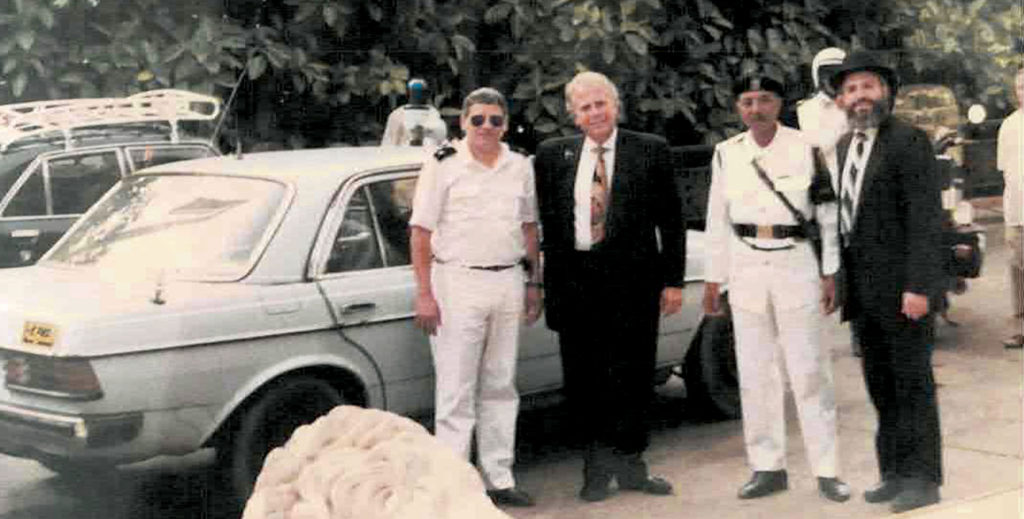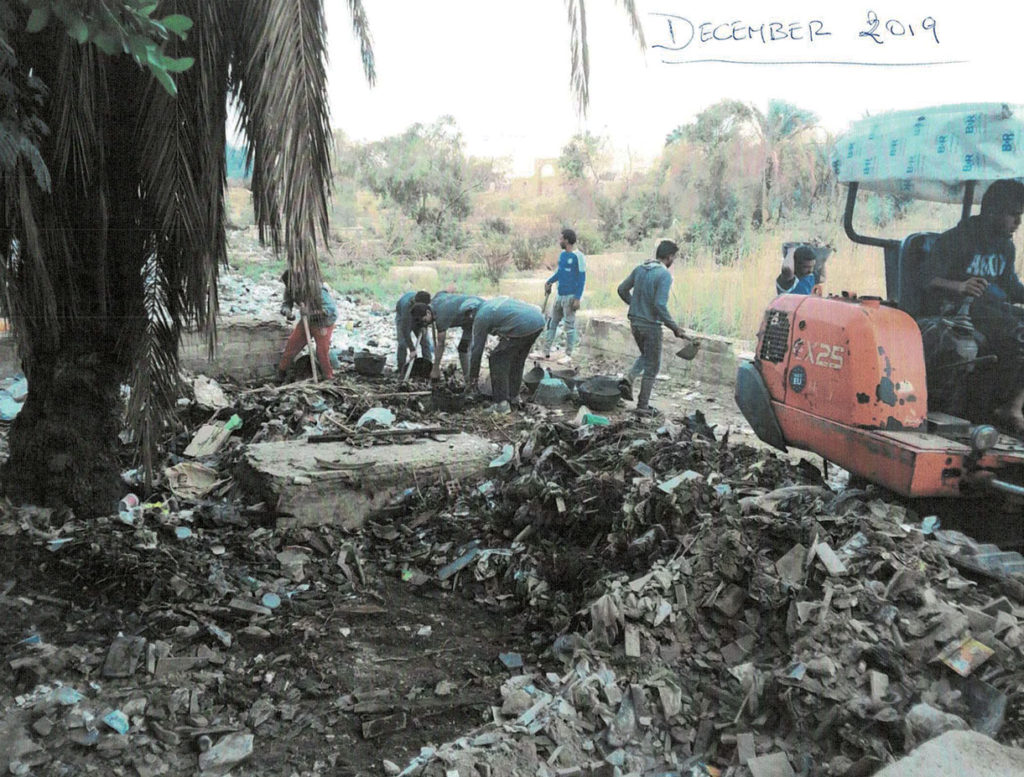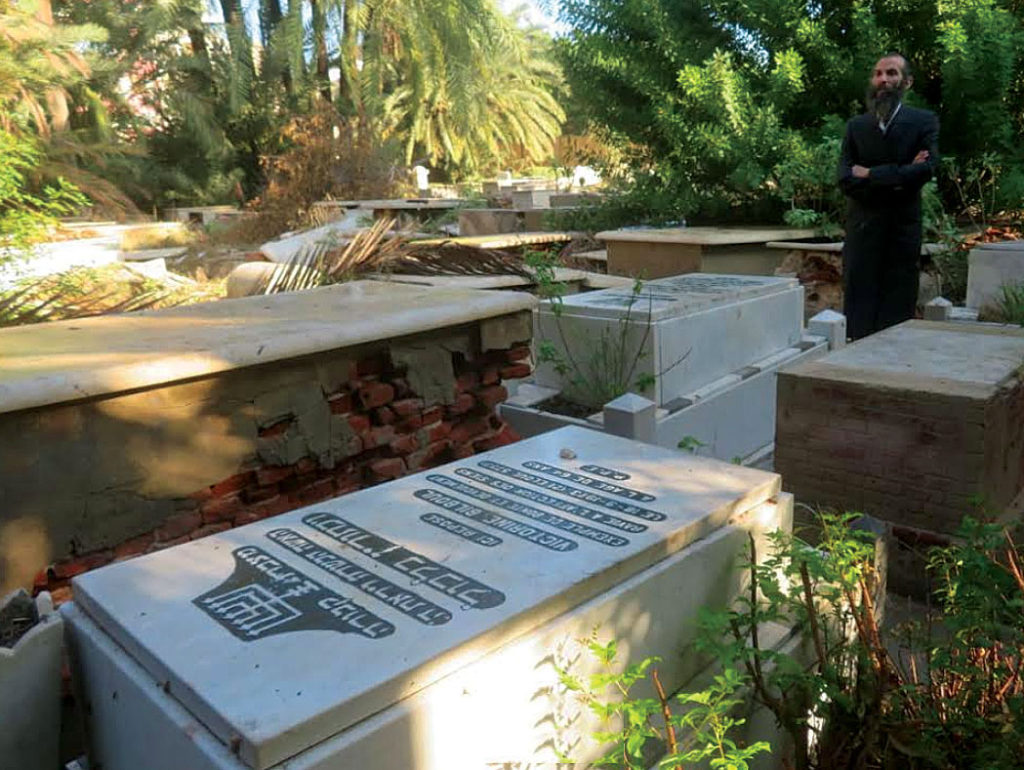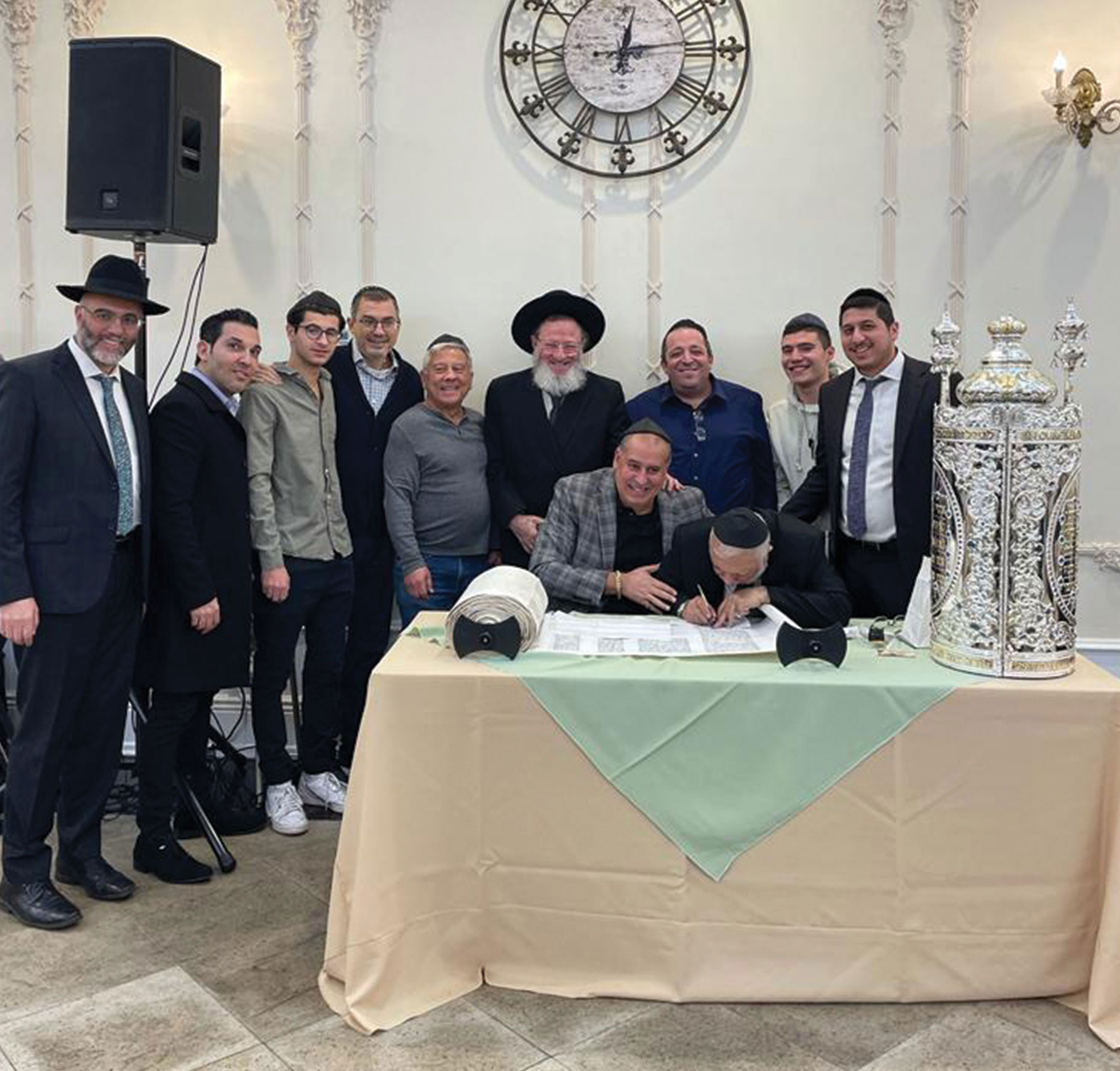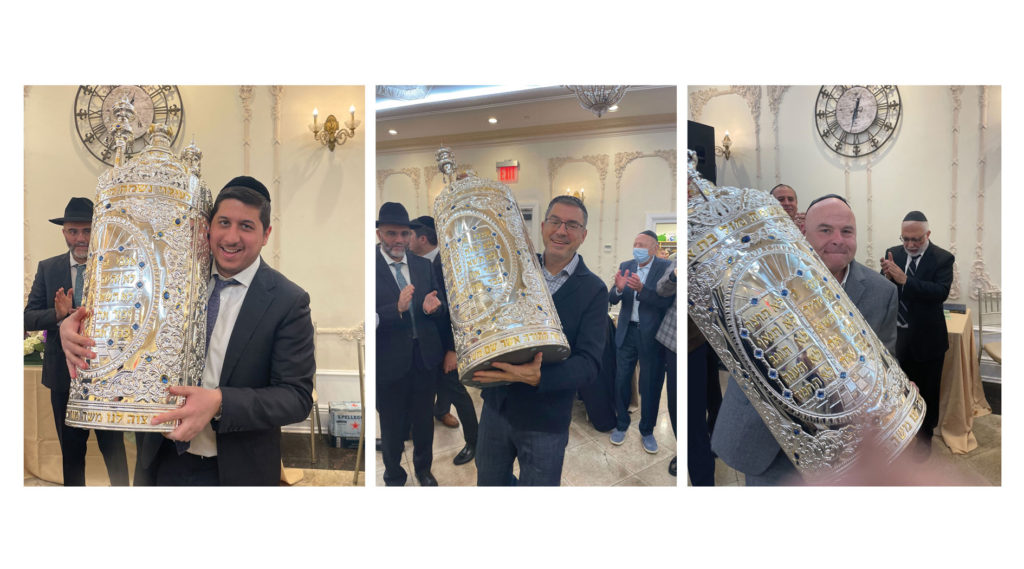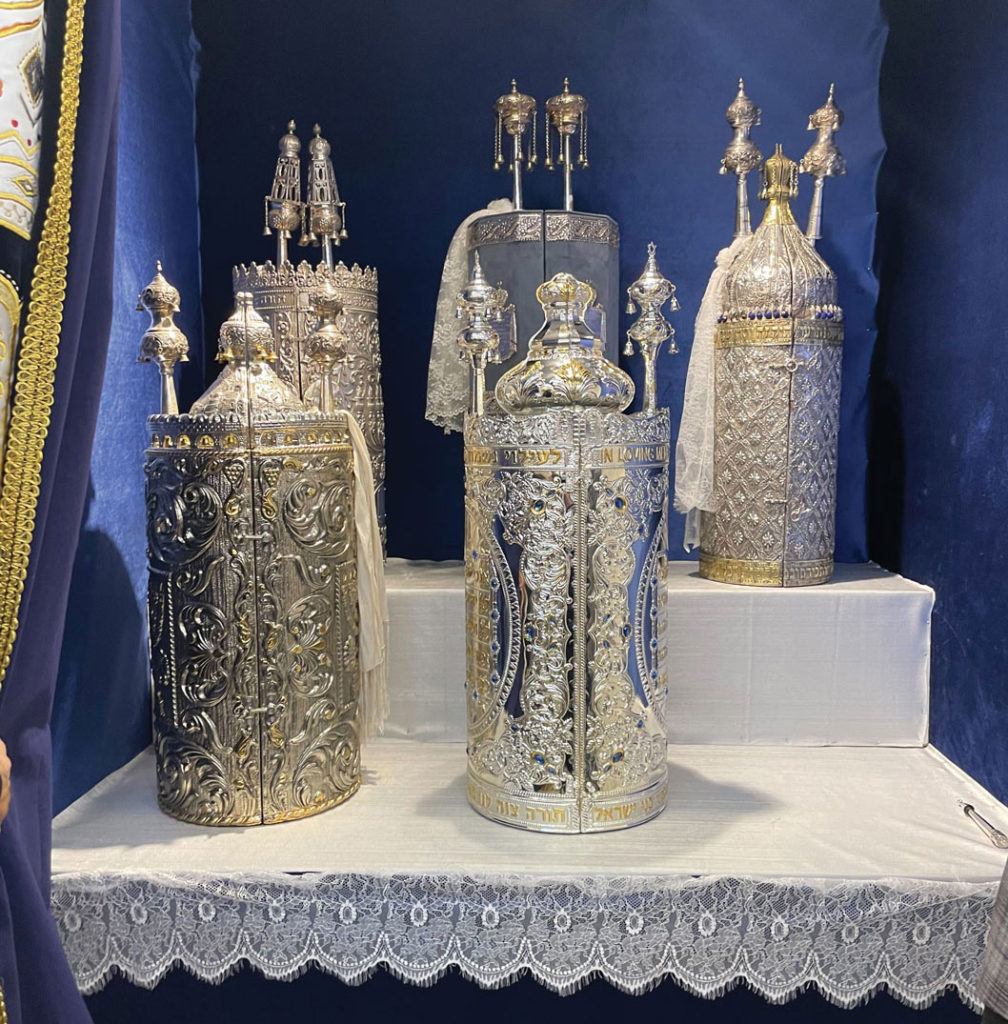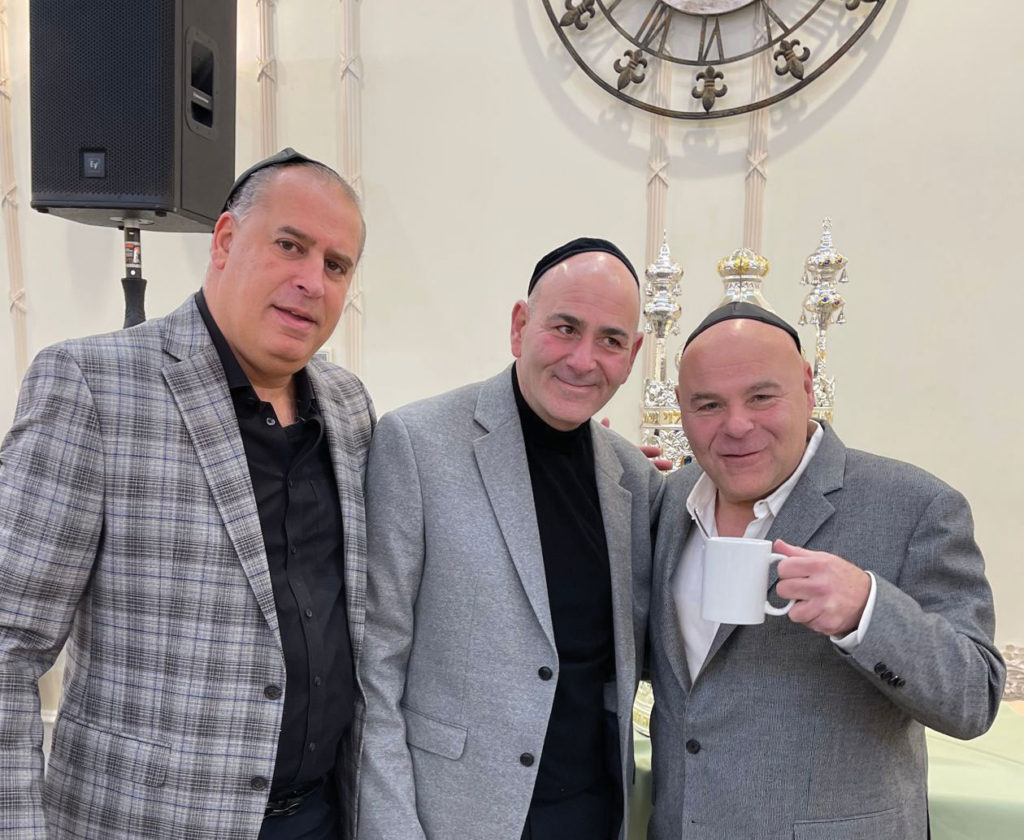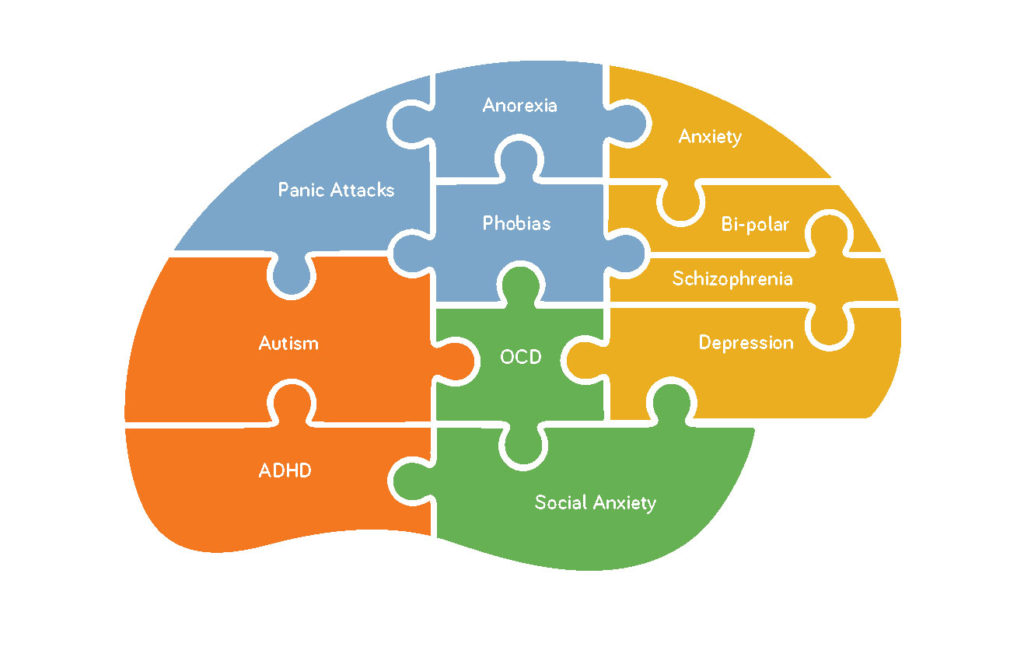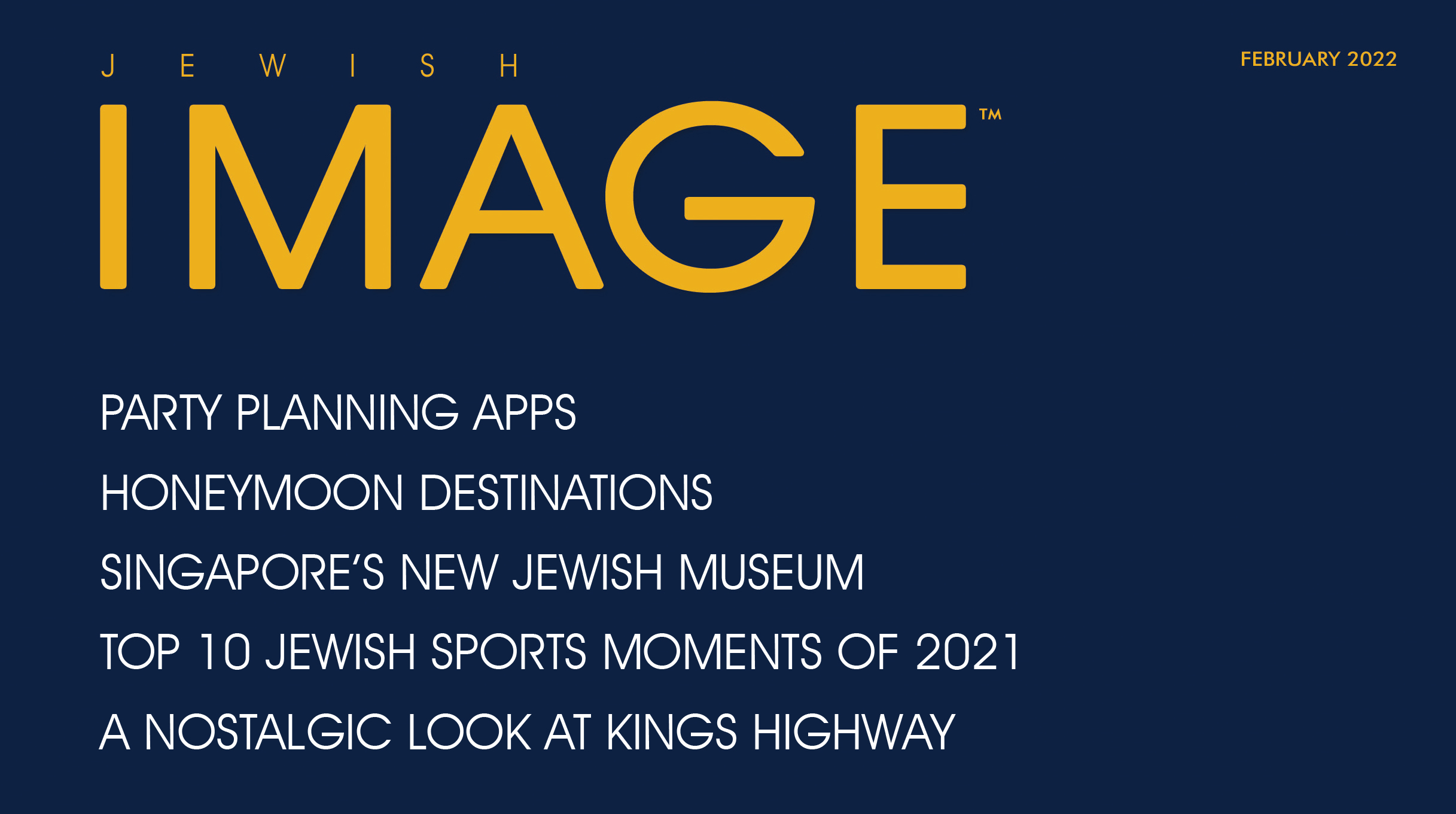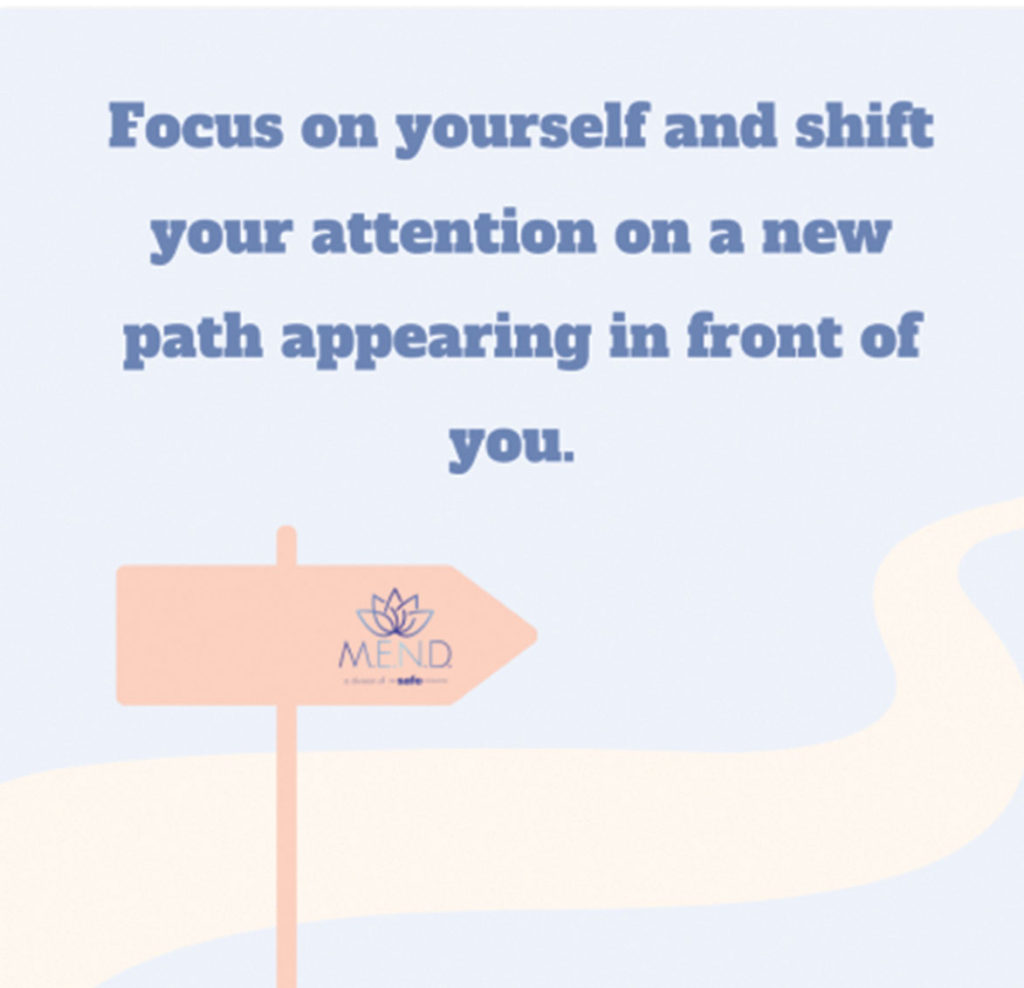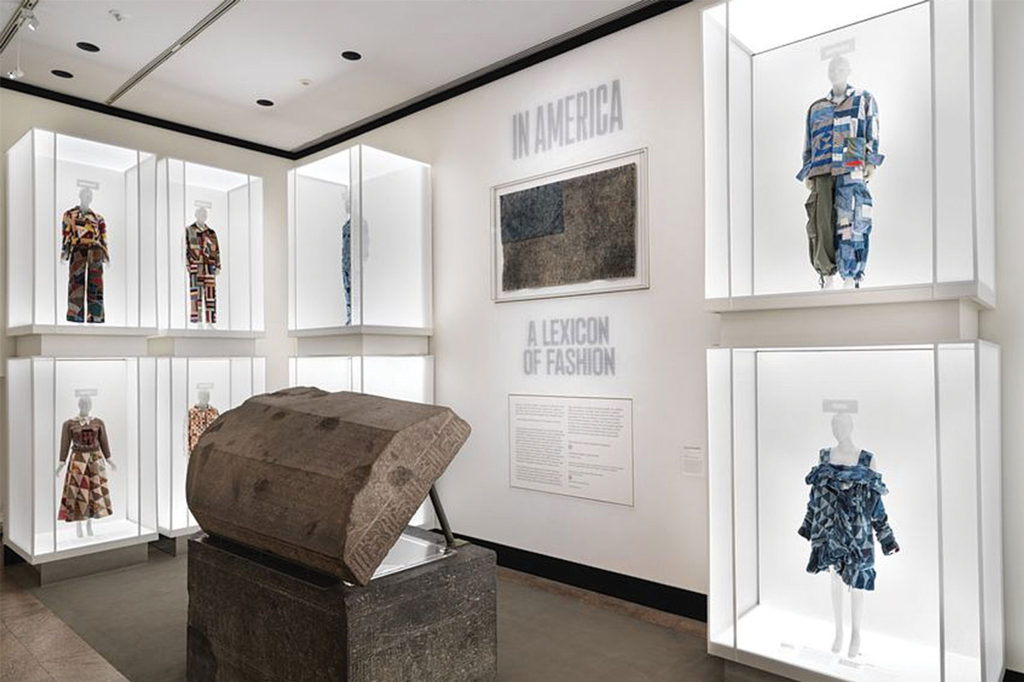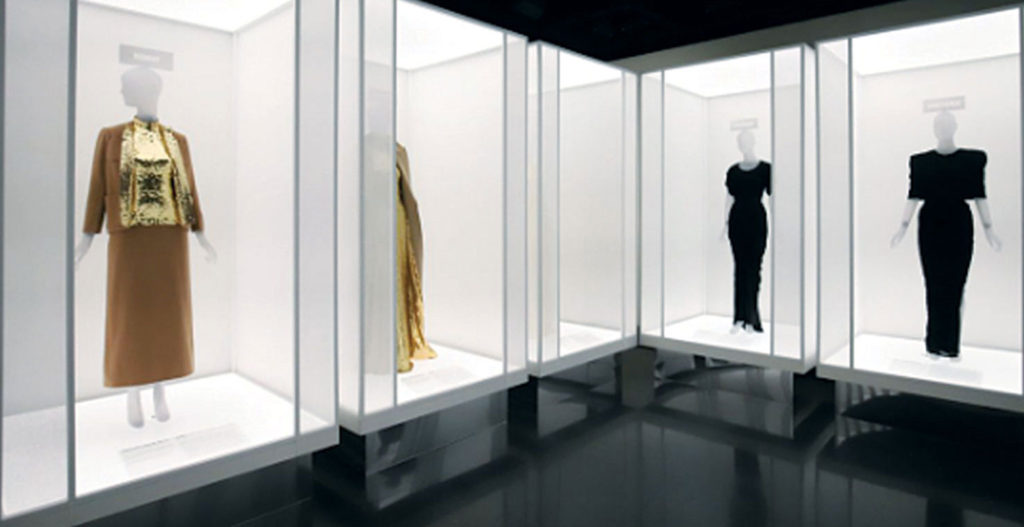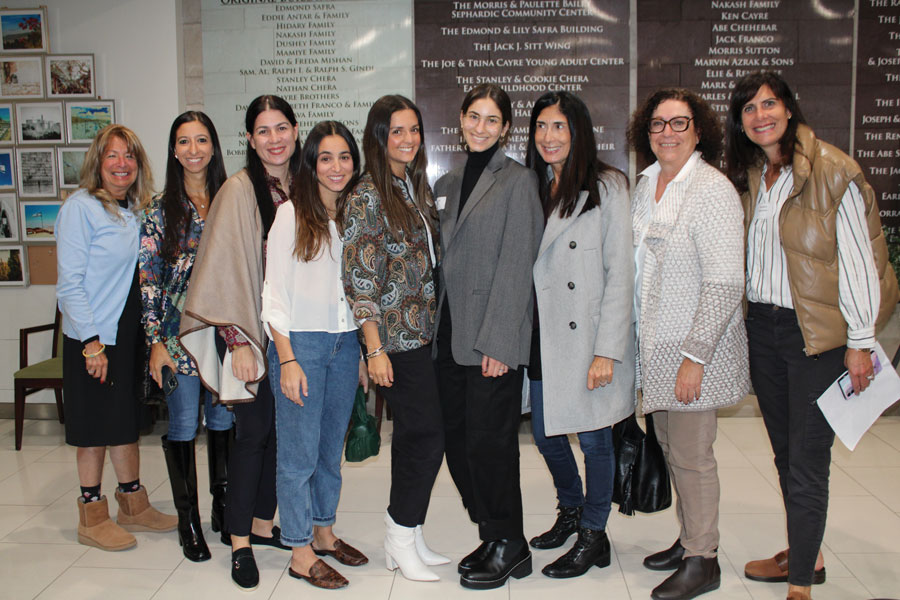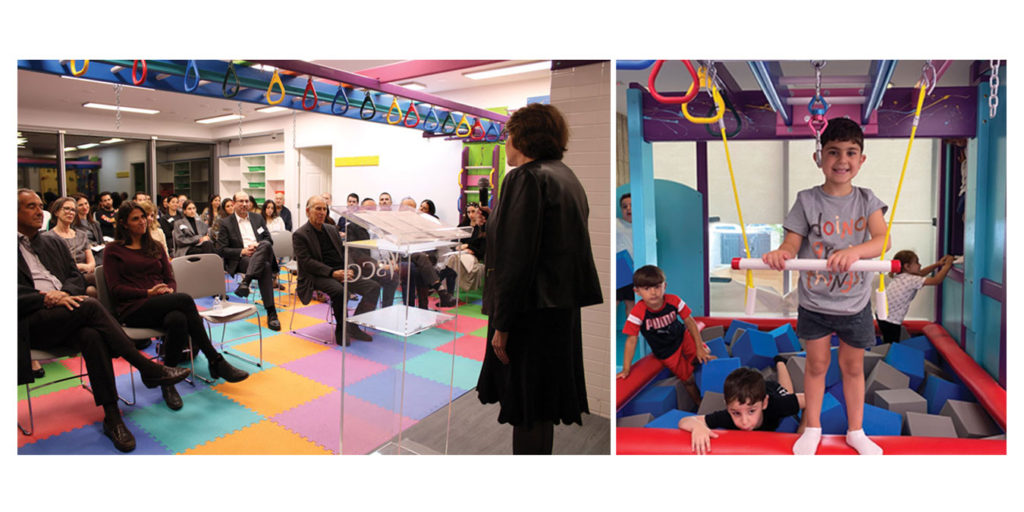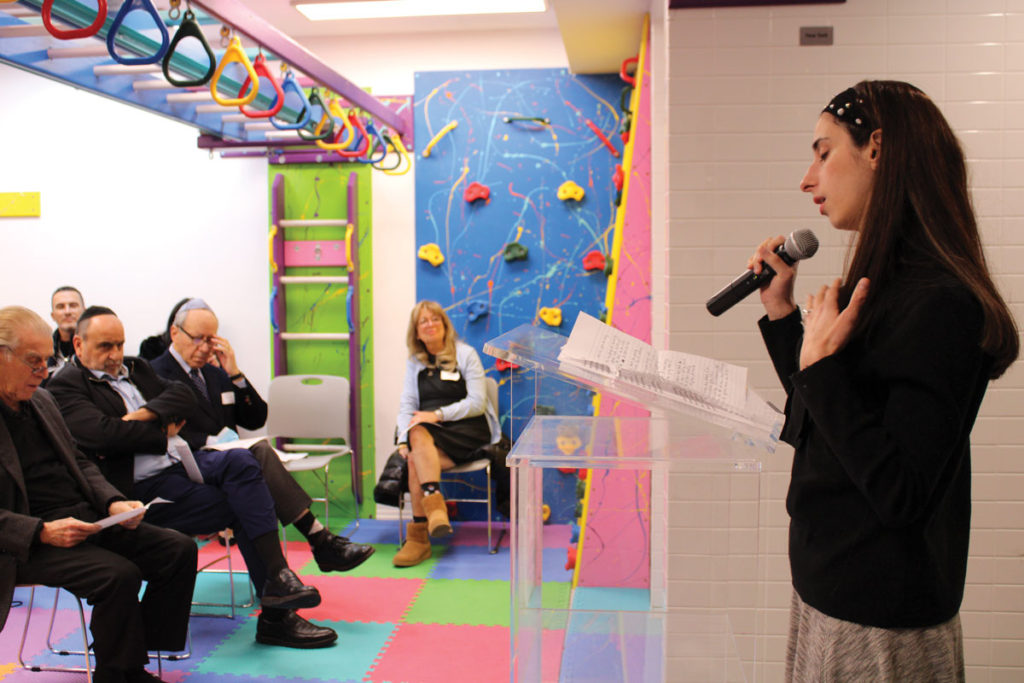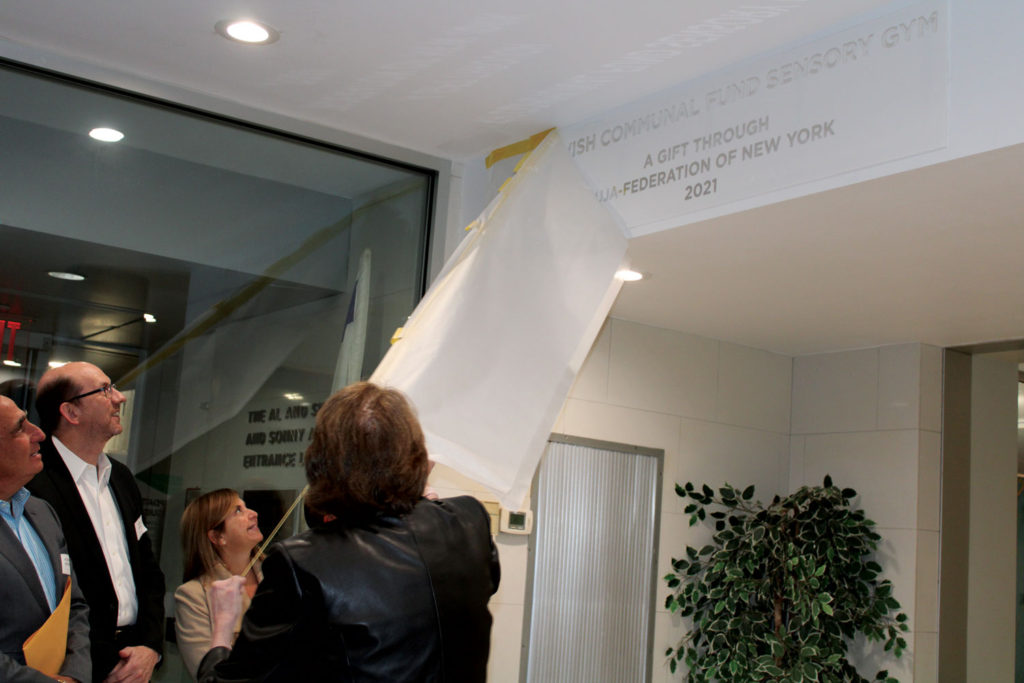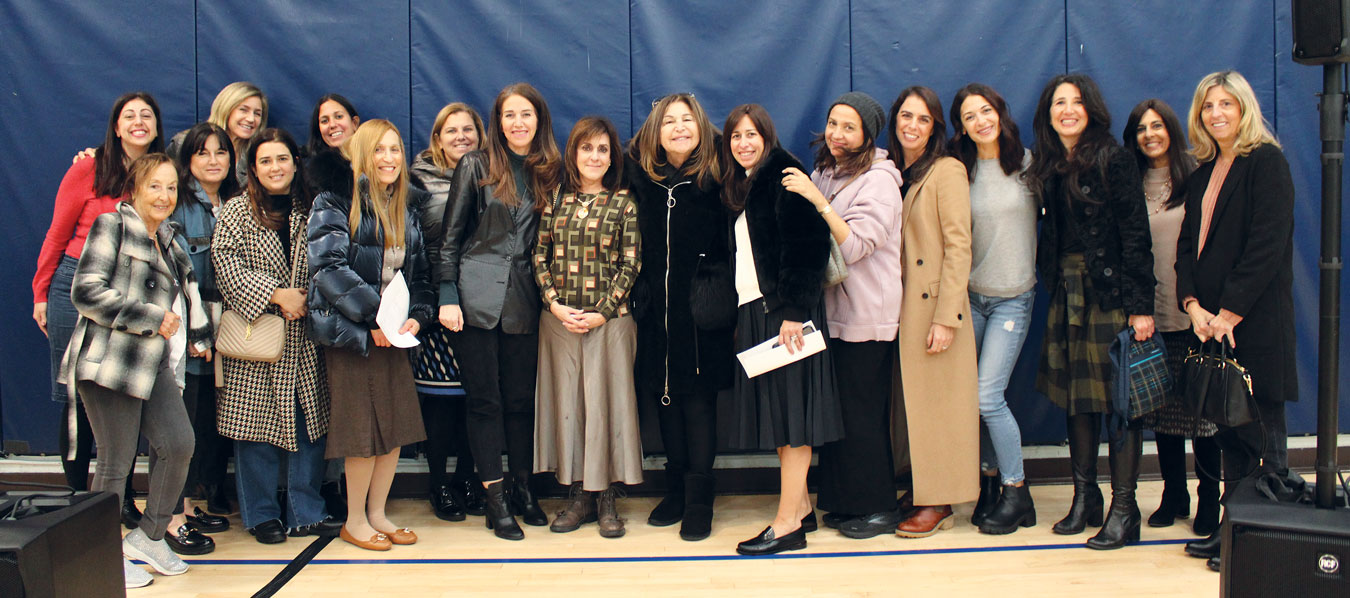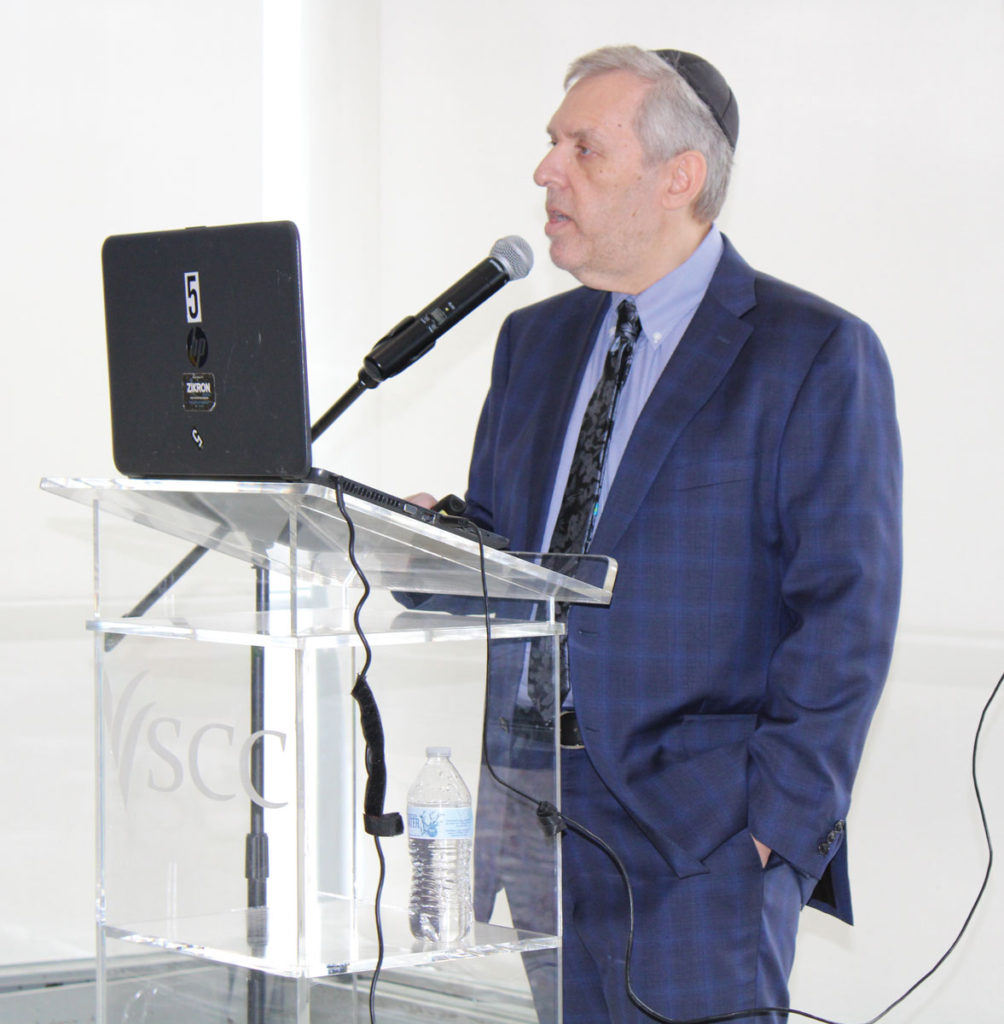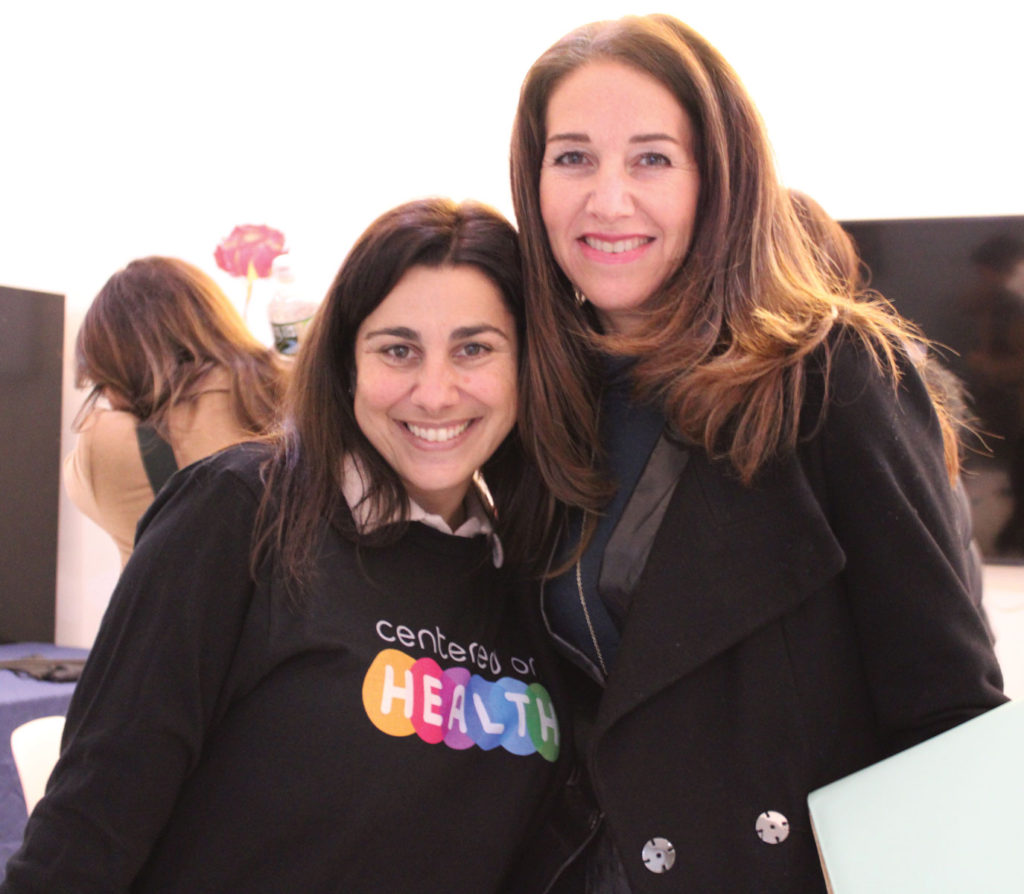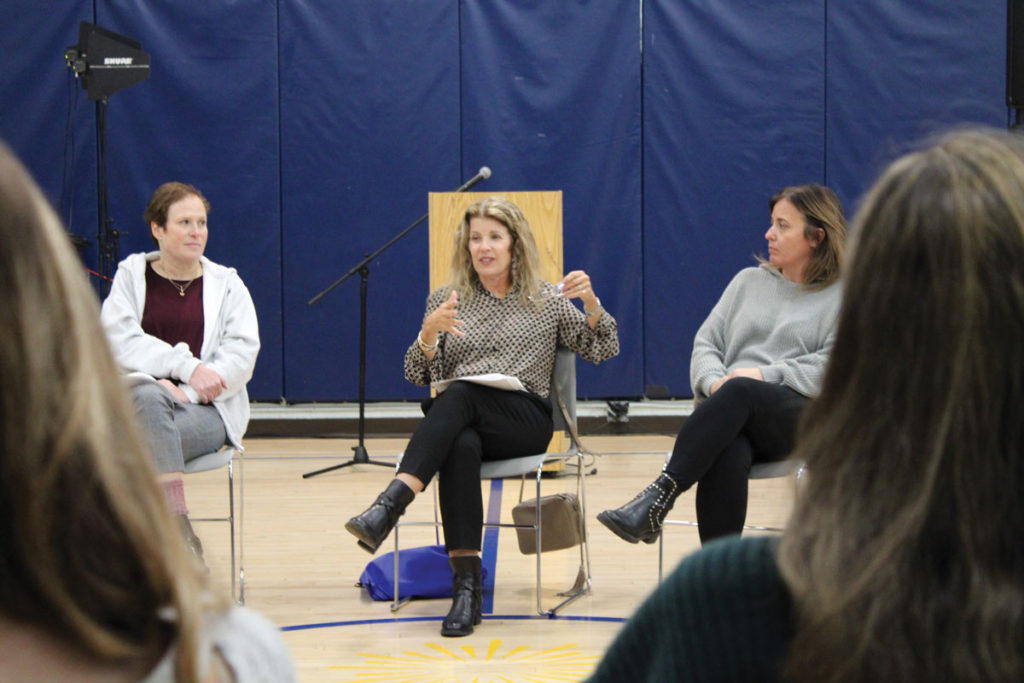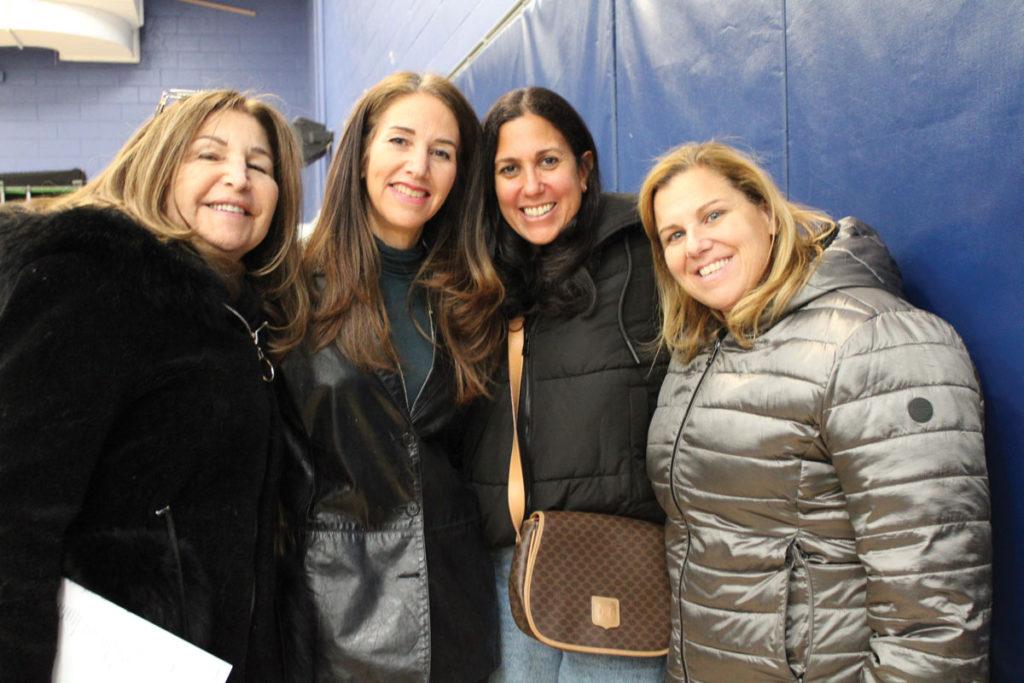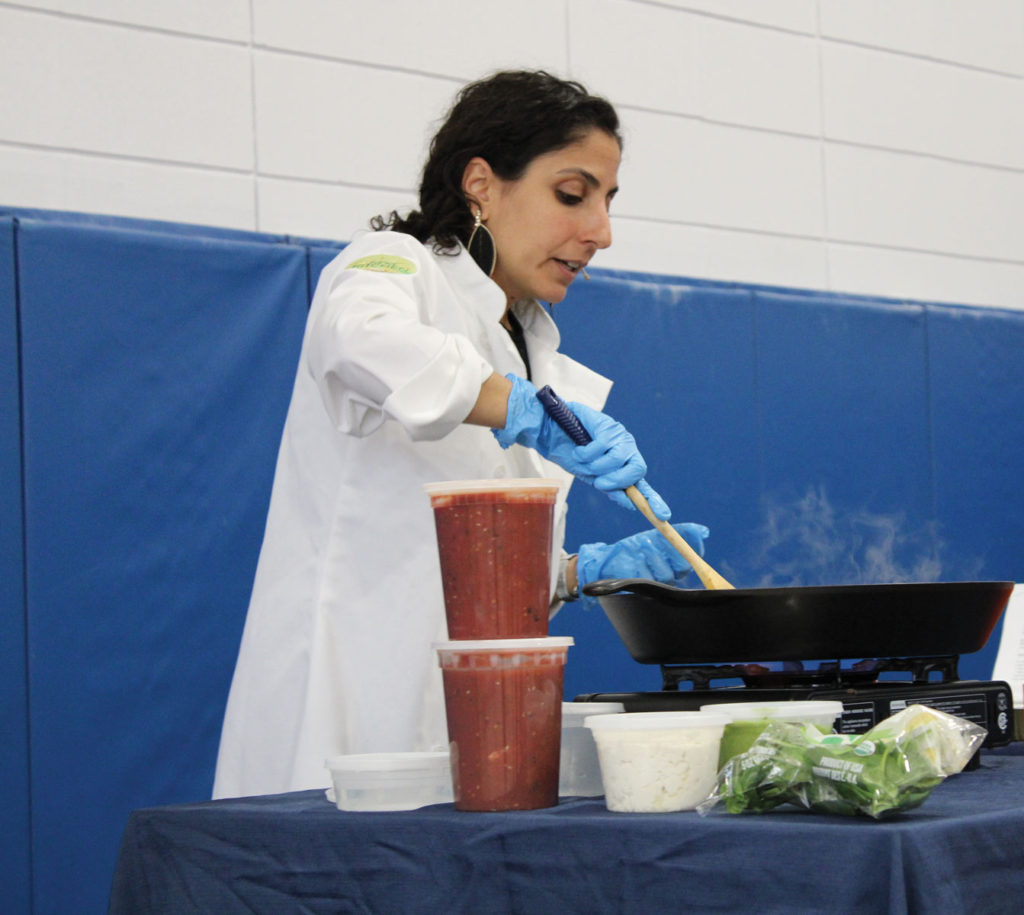PRESERVING BRIDAL TRADITIONS & HERITAGE
SARINA ROFFÉ
I HAVE VAGUE CHILDHOOD MEMORIES OF ATTENDING A WEDDING CEREMONY AND BEING HANDED A SMALL BOX OF CHOCOLATES WHEN I LEFT. IN THOSE DAYS, BENSONHURST HAD NO SOCIAL HALLS, SO THE BRIDE AND GROOM WOULD GO TO SYNAGOGUE TO GET MARRIED AND THEN GO BACK TO THE HOUSE FOR THE RECEPTION.
Engagement parties, bridal showers, all social occasions were held in the home, much like they were in the countries we hailed from—Syria, Egypt, and Morocco, to name a few. It’s been a long time since I was handed a box of chocolates after a wedding; times have changed!
Still, there are many traditions that live on in our community from the old countries we descend from. As parents it is natural to feel protective of our children. We want to make sure when they marry, that they are marrying into a good family, with similar values, and that they will be happy with each other. We also want to find out as much about our child’s potential soulmate as possible.
Often, the parents each discreetly inquire as to the others’ background. They want to know about the parents—who they are, the type of people they are, the type of business they are in and so on. ‘Dating’ does not continue if one side disapproves of the other side. This type of vetting of a child’s potential mate continues even today, and with good reason.
When our children marry, the two families also wed. The families come together for the sake of grandchildren, and at each holiday or occasion that occurs. Marriage is difficult and we want to make sure our children marry someone with similar beliefs, and are happy, and the couple will remain together for many years to come.
There have always been certain protocols in our community, when it comes to engagements and weddings. These protocols continue to this day. When the couple gets engaged, the groom’s mother calls the bride’s mother to congratulate the family and wish them good luck. This is followed with a small ‘meet the family,’ for the immediate family on both sides to get to know each other. Then, there’s usually a larger engagement party where the extended families and friends are invited.
An engagement party is a very happy occasion, where the parents are filled with pride. The minute a guest sees any of the parents of the engaged couple, he or she says, Mabrook! (Arabic for congratulations). The celebrating parent responds with Abalek, an expression that means wishing you the same good fortune for your children. If the guest does not have any unmarried children, the proper response is abal il zghy’reen, meaning “May the same happen for your grandchildren.”
In Syria, the week before the wedding, the groom’s mother sent gifts to the bride, including a purse with money to go to the mikvah (ritual bath), where she would prepare herself for her wedding night, and a white handkerchief. The handkerchief was used to clean the bride after her first union with the groom.
The Middle Eastern tradition of sending money to a bride so she can go to the mikvah has grown into a swanee. The swanee maintains the same tradition of sending gifts to the bride, such as a nightgown or peignoir set, perfumes, an evening purse and jewelry. When I was a bride, the celebration was an afternoon tea, where coffee and desserts were served. I remember huge trays decorated with pearls and white covered almonds.
When the bride receives the swanee, she puts it on display for friends and relatives. It is an occasion for celebration. These are elaborately displayed with white almonds and flowers, as well as 18 ka’ack el bloz. These ka’ack are very decorative, made from almond paste infused with rose water, and braided.
The gifts have become became more and more elaborate, a function of wealth. Today, it is widely accepted that gifts are also bought for the groom by the bride’s parents. Today, the swanee is combined with the American tradition of a bridal shower.
The food of our culture is important to who we are and where we come from. Every special occasion in our community calls for certain foods and indeed there are special foods that we serve only on certain occasions. Whether Syrian, Moroccan, Egyptian, or Mexican, each ethnic culture has its own food and traditions.
I learned all about protocol, the do’s and don’ts of what you do when a child gets married, from watching my mom manage four weddings. I also learned about the special foods, so lovingly prepared, on these very special occasions.
The following recipes are from Sarina’s Sephardic Cuisine, recipes handed down from my grandmother Estrina Cohen Salem A”H and Salem Catering. The business catered many a meet the family, engagement, and wedding, during the Bensonhurst years of our community. Esther had a backyard kitchen, the title of my cookbooks. Backyard Kitchen; Mediterranean Salads and Backyard Kitchen; The Main Course are available on Amazon and for Kindle. Sarina’s Sephardic Cuisine cooking app is available in the Apple store.
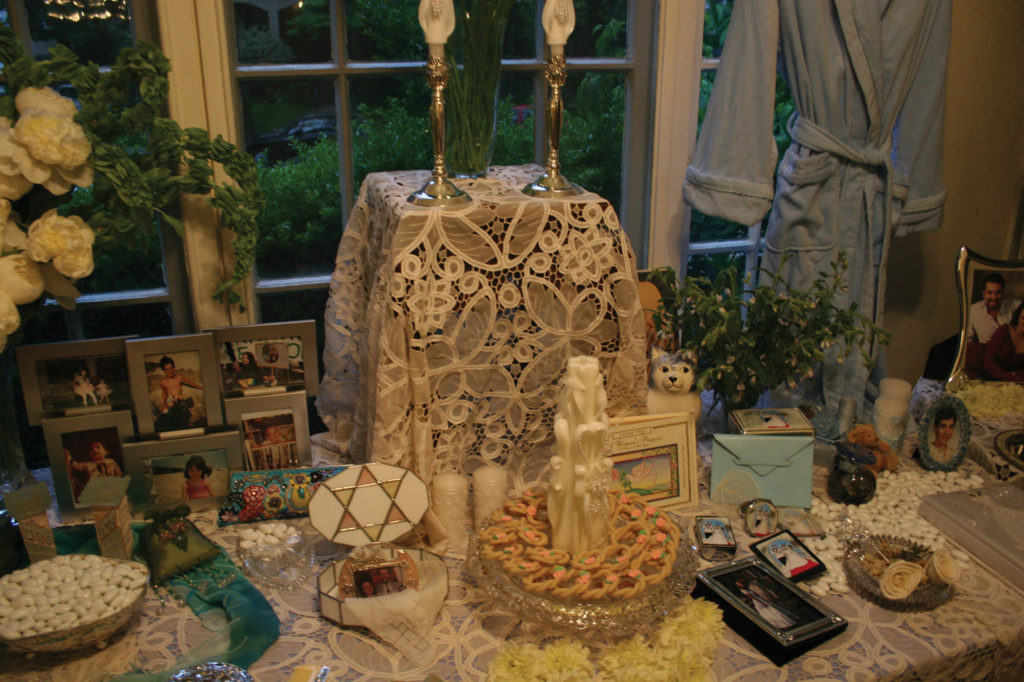
There are four recipes that are generally served. Shrob El Boz, a white drink made from almond juice, is served. Traditionally it is passed around on silver trays to guests entering the home. Symbolic of fertility, the intoxicating fragrance of this drink is unmistakably romantic and a special treat. This tradition is from Spain as it is similar to the Spanish drink Horchata, made with almond or rice milk.
Knafe, El Masiye and Ka’ack El Bloz are sweet desserts so the couple will have a sweet life. Knafe is made from shredded phyllo dough and ricotta cheese and topped with sweet syrup flavored with rose water. El Masiya is a fragrant pudding served at engagement parties or a swanee. Ka’ack El Bloz is a bracelet shaped pastry made from almond butter and flavored with rose water.
SHROB EL’BLOZ
Ingredients
• 1 cup raw almonds
• 2 cups sugar
• 8 cups water
• 1 tablespoon rose water
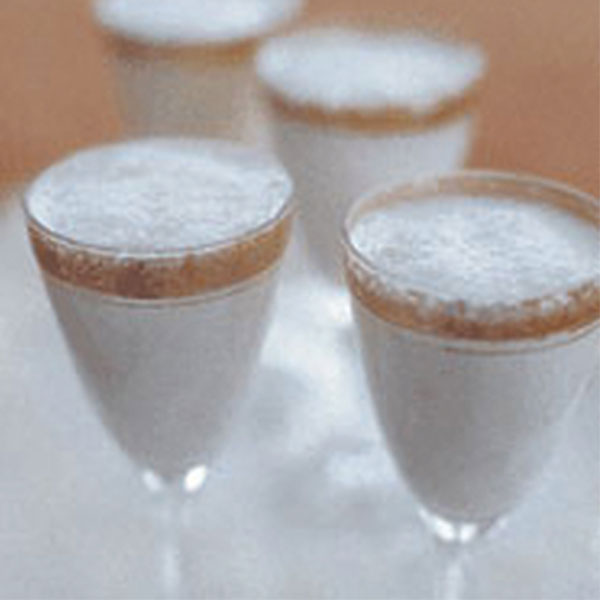
Directions
Blanch almonds in a large pot of boiling water. Let boil for 1 minute. Turn off gas and let sit for 30 minutes. The skins will loosen. Drain water and the skin should pop off.
Place blanched almonds in an electric blender, using 3 cups of water. Blend three minutes at high speed. Strain through a fine sieve. Reserve the pulp to make almond cookies. Return almond milk to blender, adding 5 cups of water, sugar and rose water. Blend until frothy. Refrigerate in jars until ready to serve. Serve in tall glasses with ice.
K’NAFE
Ingredients
• ¹/³ cup milk
• ½ pint heavy cream
• 3 tablespoons sugar
• 2 tablespoons cornstarch
• 1 lb. k’nafe dough
• 3 sticks butter
• 2 lb. ricotta cheese
• ½ teaspoon rose water
Directions
Mix cream, sugar and cornstarch in saucepan. Boil and simmer until thick, stirring often. Cool thoroughly and blend with ricotta.

Separately, melt butter. While still warm pour over k’nafe, mixing thoroughly so that dough is completely covered. Place ½ of k’nafe mixture into bottom of a 3 quart Pyrex. Pour ricotta on top, spreading evenly. Add the rest of k’nafe on top. May be frozen unbaked at this point.
Bake in a preheated oven at 375˚ for at least 1 hour or until bottom is done and top pinks. Make sheri’ye and pour cold over entire k’nafe.
SHERI’YE (Syrup)
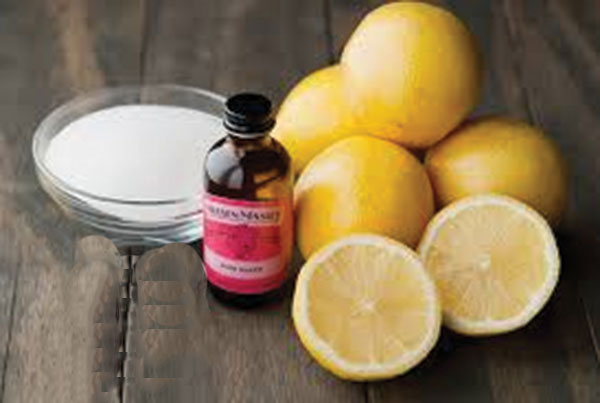
Ingredients
• 3 cups sugar
• 1 cup water
• Juice of ½ lemon
• 2 teaspoons rose water
Directions
Boil sugar and water together for 15 minutes until thick. Squeeze in juice of less than ½ lemon and rose water. Let boil for 5 more minutes. Cool in jar in refrigerator
KA’AK EL BLOZ
Ingredients
• 1 lb. almond paste
• 3 drops rosewater
• 3 drops food coloring
• Pre-made icing flowers (these can be bought in a cake decorating store)

Directions
On medium speed of mixer, mix almond paste with rose water until smooth and pliable. Add choice of food coloring and mix until color is completely mixed in. Break into one inch balls and roll by hand to 4 inch long and ¼ inch thick. Note this can be done by machine with the ka’ack attachment to the Kitchenaid Mixer.
Place two strands together side by side. Attach one end. Then twist together the two strands. Attach the ends to make a bracelet. Cover with the icing flower.
Place each bracelet on a lined tray. Allow to dry, exposed for 3 to 4 days.
EL MASIYA (Corn Starch Pudding)
Ingredients
• 1½ cup corn starch
• 9 or 10 cups of water
• 1½ cups sugar
• 1 teaspoon orange or rose water
• Shelled pistachios
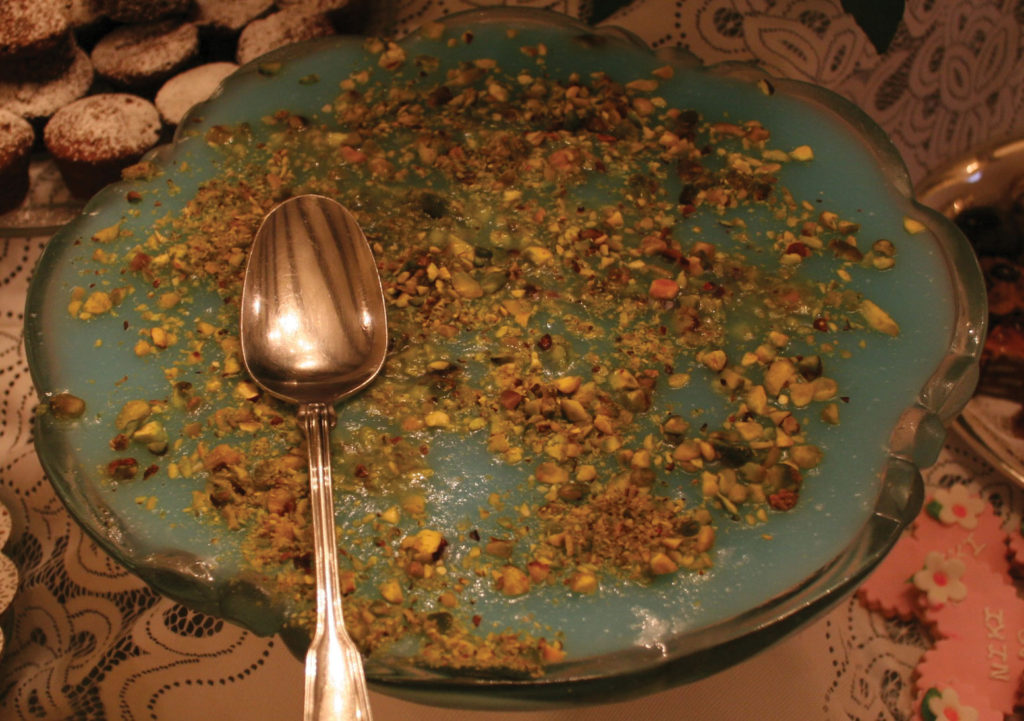
Directions
Dilute cornstarch with one glass of water. Pour mixture into 8 more glasses of water and bring to a boil, stirring constantly, add sugar and mix well. Lower flame and simmer 1½ hours until thick, stirring often. Add orange or rose water to taste. Pour into flat serving bowl with almonds. Sprinkle with ground pistachios. Serve cold.
A genealogist and historian, Sarina Roffé is the author of Branching Out from Sepharad (Sephardic Heritage Project, 2017), Sarina holds a BA in Journalism, and MA in Jewish Studies. She is a recognized academic expert in Sephardic history and foods and is a regular contributor to Image Magazine.



